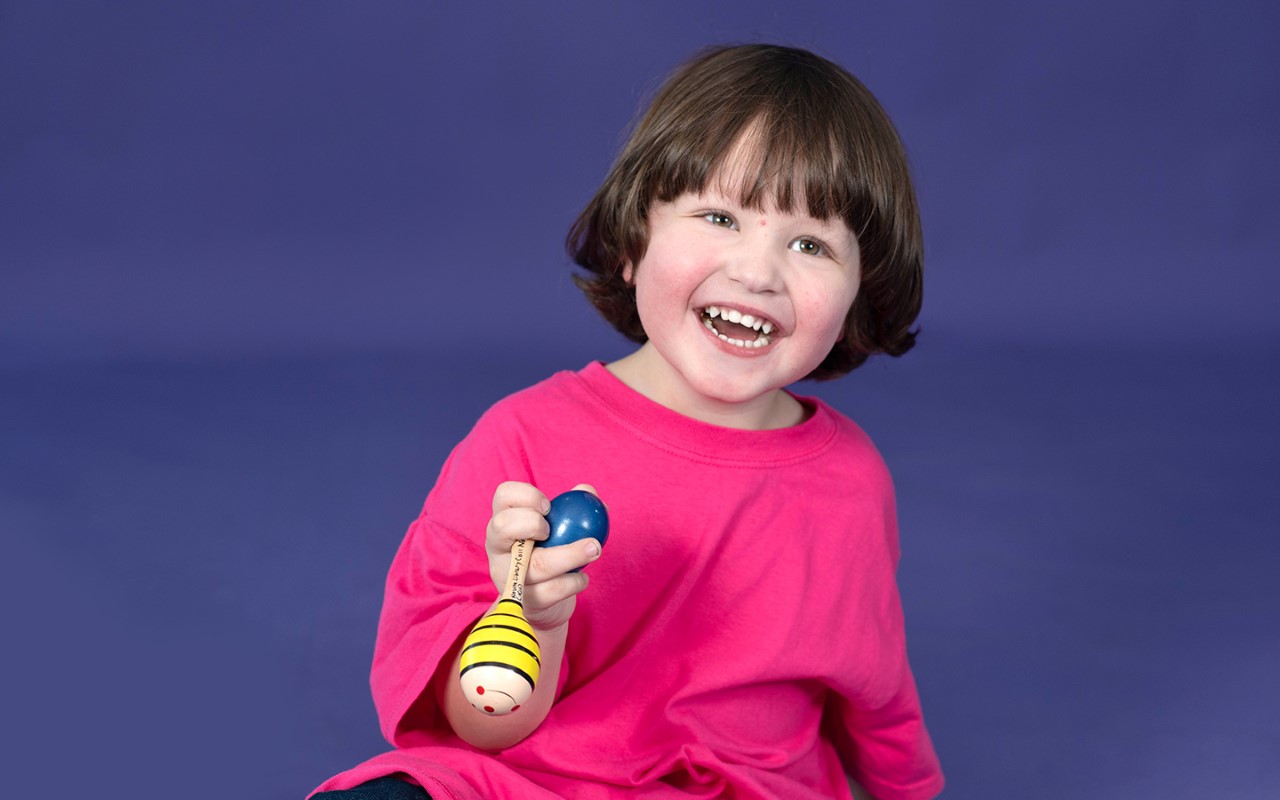Helpful Information
How sensory aids support autistic people
access_time4min read

Everyone processes sensory input differently; some of us need more and some of us need less – but when our sensory needs are not met, it can greatly impact our ability to participate in daily activities.
Some people may find it more challenging to process sensory information and may have unique sensitivities when it comes to sensory input. Noises that some people find easy to block out can be quite painful for others. On the other hand, some people crave tangible experiences and often find that their nervous system is more settled if they have access to items with interesting textures. Our environments don’t always offer the relief from, or access to, sensory input to meet our sensory needs. Sensory aids are one way of supporting autistic people to meet their sensory needs in a range of different environments.
Sensory aids may include a variety of different equipment, tools and toys designed to support a person’s sensory system by providing input to one or more of their senses – hearing, sight, smell, touch, taste, movement, and deep muscle pressure.
Here are some of the great benefits sensory aids provide.
Supports learning & education
To be able to learn, we need to feel safe and settled, and our nervous systems need to be calm in order to grasp and retain information.
Incorporating a sensory aid into a learning environment can benefit an individual’s schooling experience, productivity at work, or progress in therapy. As their capacity to focus improves, so too does their ability to appropriately respond to what is happening around them, leading to an increase in participation, engagement, and confidence.
Supporting an individual’s sensory needs doesn’t always mean adding in more sensory input, it can also mean removing overwhelming or triggering stimulation from their environment. It’s important that families discuss their kid’s sensory needs with an occupational therapist who can thoroughly assess their sensory profile and work with families and teachers to support the kids’ needs across their different environments.
There are lots of quick and inexpensive methods that can be incorporated into a classroom environment. For people whose nervous systems require movement to reach a content state, it can be helpful to use alternative seating such as a wobble stool, fit ball, or inflatable cushion. Movement breaks are also essential for kids who need input through their muscles and joints to feel calm; and other tools that can be used at the desk include fidget toys to occupy their hands and chewable pencil tops that provide oral motor opportunities. Likewise, having crunchy snacks or drink bottles that require sucking, can input pressure and movement to a nervous system that relies on this input to function at its best.
Some people respond well to visual input and find that oil drippers, toys with bright and contrasting colours, and screen-based learning supports their regulation. Other people may find even low levels of visual input overwhelming and may benefit from working on an empty desk that is uncluttered. Some people enjoy auditory input and can process classroom noises easily while staying focused on their work – singing can be a great way to teach these people; and others may find that the general noise of the classroom is hard to tolerate and need noise cancelling headphones or maybe a hidey hole to work from, every now and again.
Strategies for the classroom need to be explored; it’s important to consider the needs of the other students and the teacher, as well as environmental restrictions, or requirements. This is often best supported by an occupational therapist.
Encourages play
Sensory exploration is the very first stage of play. For autistic kids, play is incredibly important as it naturally encourages exploration, creativity and risk taking as well as social, cognitive, and motor development. If a kid struggles to engage in play due to sensory overload, you can reduce the interaction components and aim to gently desensitise their nervous system with sensory stimulating toys in solitary play. By understanding the type of input that the child finds soothing, stimulating, and challenging, it is possible to work to expand their comfort zone and gradually include others in the play too. Occupational therapists are often best placed to guide this process.
Supports emotional regulation
It can sometimes be difficult for people to verbalize and respond to what is going on inside. Sensory aids may be a helpful way of supporting individuals to process their feelings and emotions, by providing outlets to physically release tension or provide their nervous system with their favoured input to dampen the negative emotions. Some people find that squeezing, fidgeting, or gripping a small handheld item can “take the edge off” frustrating experiences. Likewise, kids who respond well to movement, can find bouncing on a trampoline an excellent way of releasing ‘big feelings’. Noise cancelling headphones, listening to music, and chewing gum are fantastic ways to settle an agitated nervous system. Cubbie-houses can also provide excellent opportunities for reducing sensory overload; and visually stimulating tools such as sand timers and Lego can help to bring about calm through the visual system.
You can provide organic, natural opportunities for movement and pressure by involving kids in daily tasks. Moving heavy items around the home or pushing the trolley at the supermarket can provide great support in calming their nervous system – these tasks can also make them feel valued for their contribution and increase their confidence.
The goal is to provide a constant, steady stream of favoured sensory input so the individual can remain calm, alert and in touch with their emotions; this supports their self-awareness and helps them respond to emotional challenges as they arise.
Improves relationships
When a person’s sensory needs are being met and they are feeling regulated, they are able to communicate more clearly, engage in play and respond more calmly to uncertainty – this leads to an increase in positive interactions with the people around them and improves their relationships. It also means that the people around them are able to connect with the person on a deeper level, whether this is their friends in the school yard, family members or their therapist.
Remember, it’s important to meet every person where they are at and not all sensory aids or strategies will suit everyone. It’s important to speak with an occupational therapist to ensure sensory aids are safe and appropriate for the needs of the individual.
For more information on how our occupational therapists can support you, please contact our customer experience team on 1300 668 482 or [email protected]


